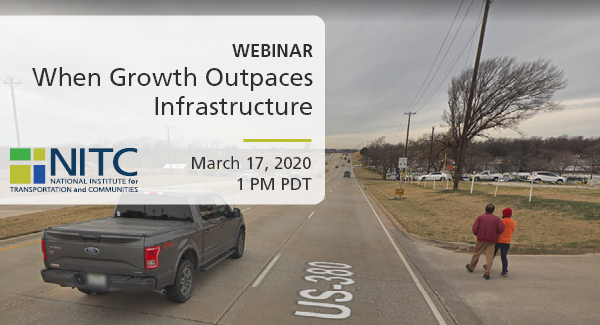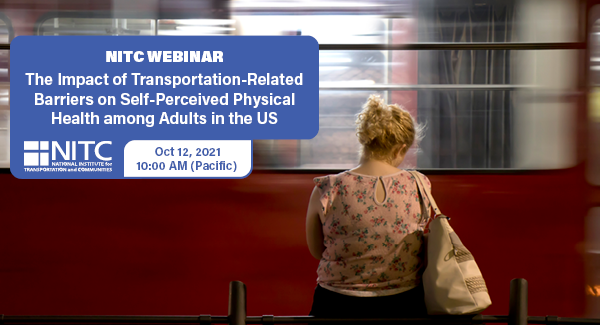PRESENTATION ARCHIVE
OVERVIEW
This study used a community-engaged interdisciplinary approach to assess the gaps between economic growth and transportation infrastructure development, and the impact of potential gaps on access to opportunities for environmental justice populations within North Central Texas, where population growth has increased over 100% since 2000.
The interdisciplinary team, comprised of social work and civil engineering researchers, in partnership with the regional homeless coalition, measured residents’ perspectives of:
- the economic growth in the area over the past decade,
- the extent to which transportation infrastructure has matched the economic growth, and
- the implications for access to affordable quality housing, employment, quality public education, as well as engagement in cultural and social activities.
The team utilized a mixed-methods (focus groups and survey data), exploratory design to collect responses from a diverse sampling frame. The study results produced an infrastructure profile for the region, in which increased infrastructure from toll ways have...
Read more


